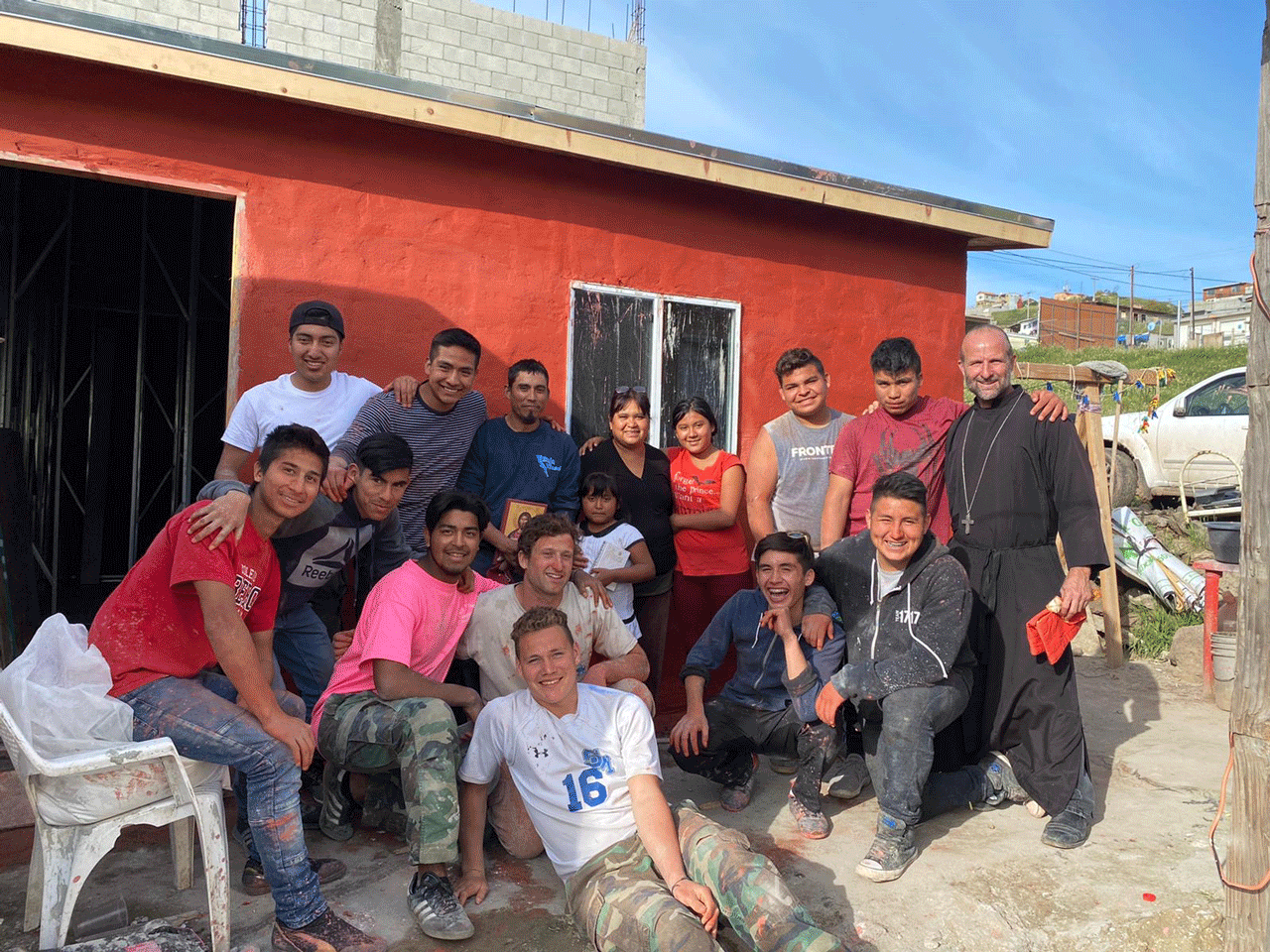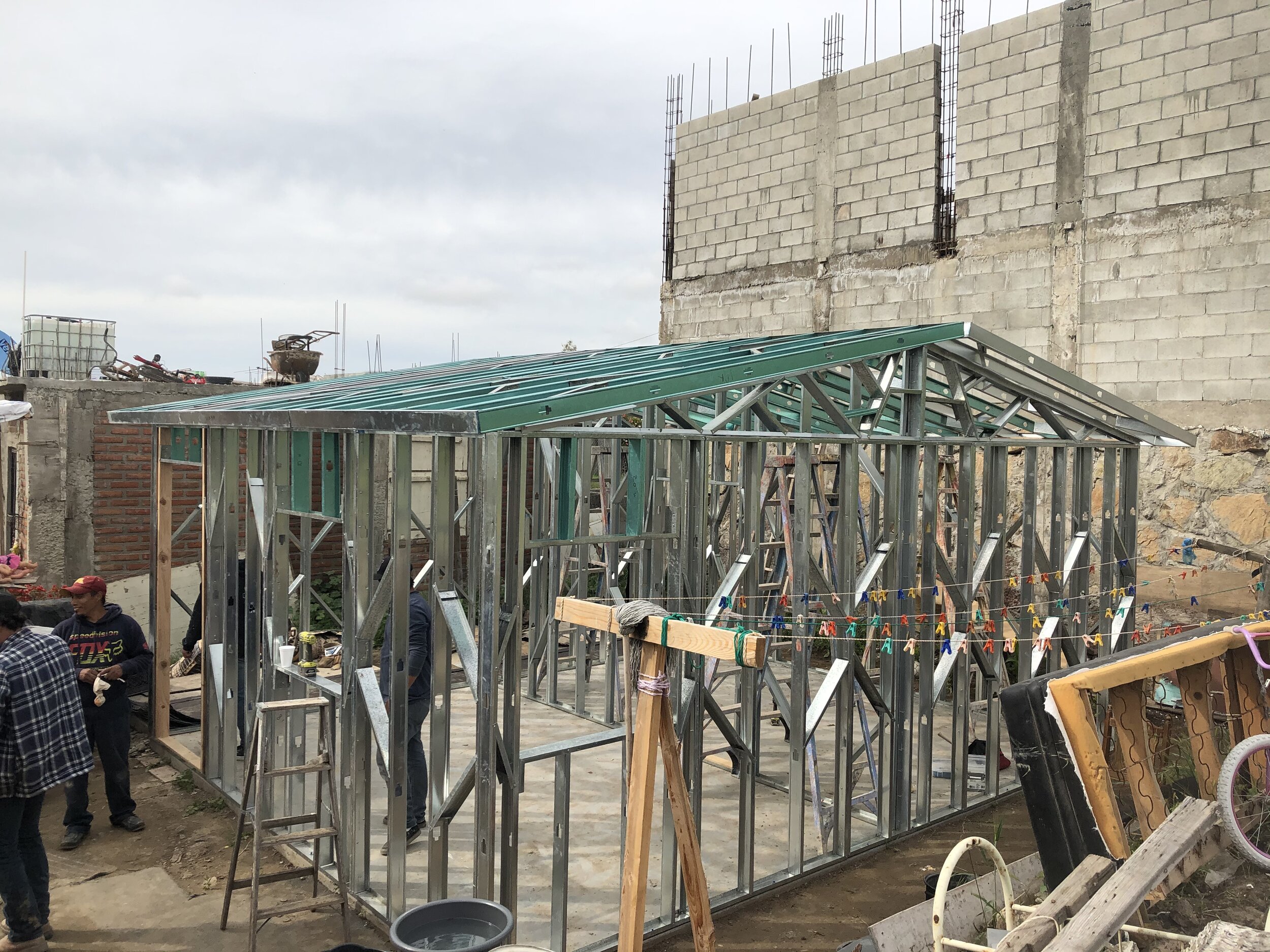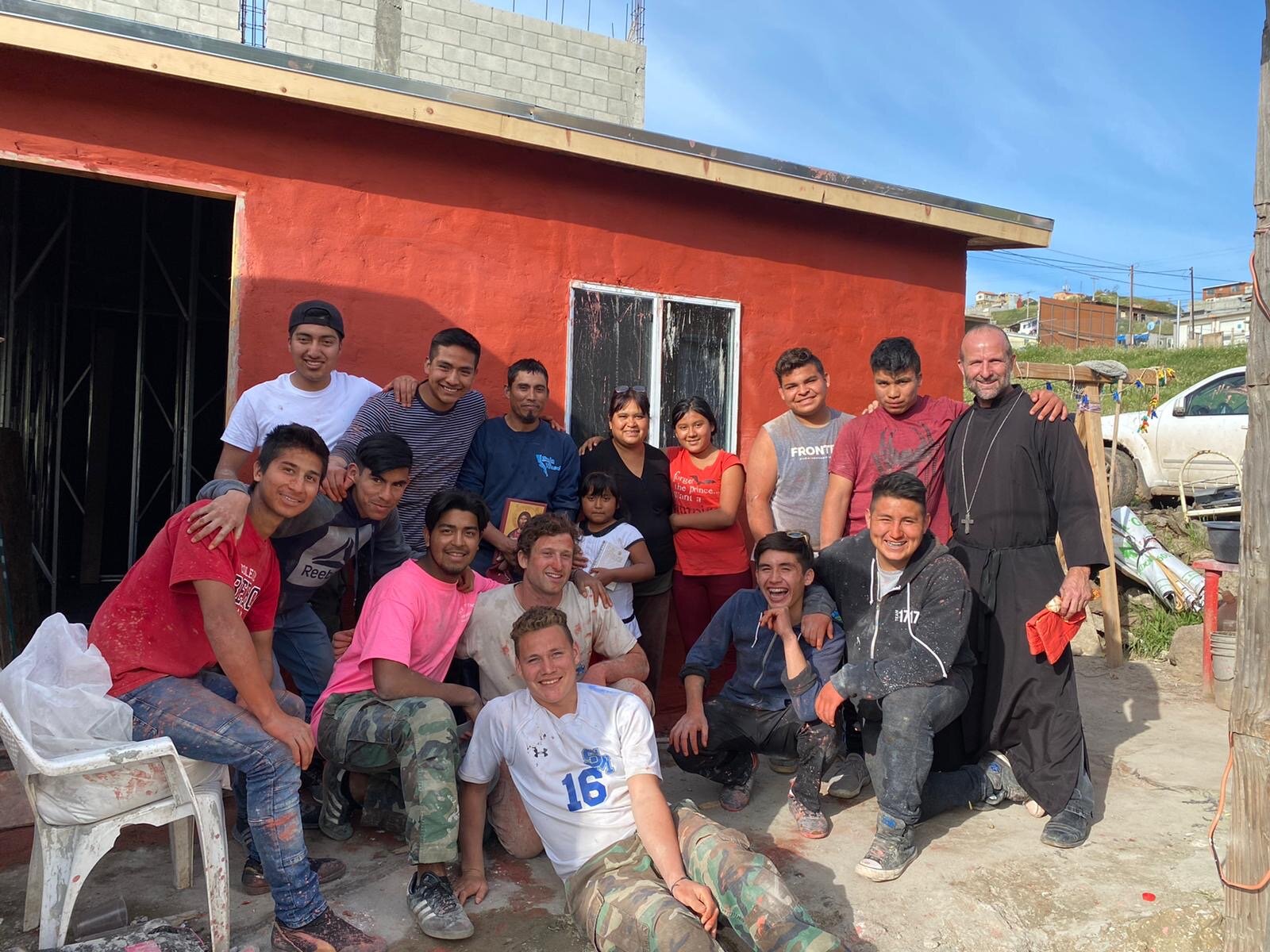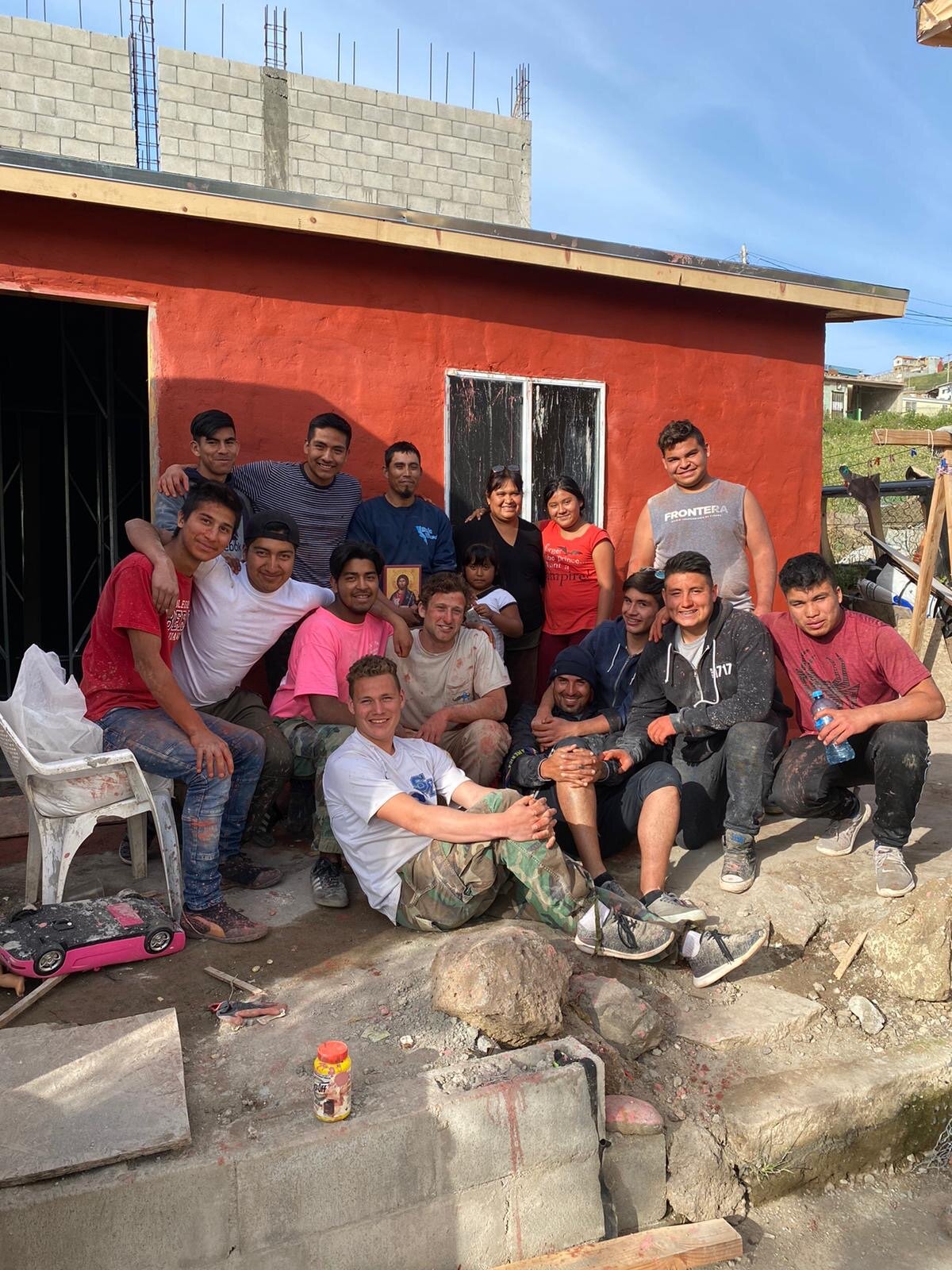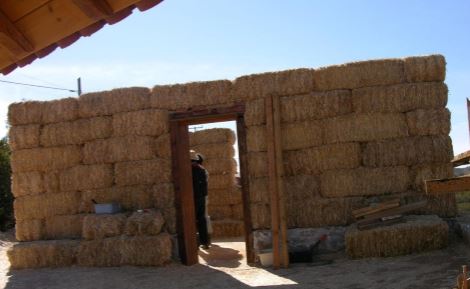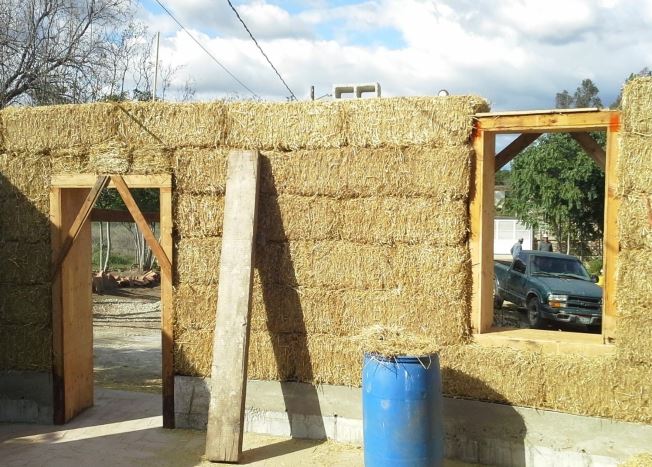Tonatiuh, who holds a Masters degree in Architecture specializes in construction with natural materials. He began building natural structures about 12 years ago. Trained by international and national experts, he has worked on various ecological farm projects in South America. For the last five years, he has designed houses, cabins and educational spaces (such as the school in Tecate) made of straw bales, bajareque and Adobe. He chose to specialize as a natural builder because it allows him to leverage reusable materials and because he likes having the ability to build his own home. Likewise, Thomas who has some experience of cob building likes this approach because, “it allows for better stewardship of the environment.”
Aside from the benefits of using natural materials, these buildings have efficient insulation properties, reducing or even eliminating the cost of heating or cooling the home during winter and summer. Once they are very old, they can then be torn down and allowed to decompose into the ground without having to dispose of drywall or deal with any harmful chemicals.
It’s not just about sustainability for Thomas though, he also prefers the aesthetics of the natural built home stating, “You have the ability to make a natural building for the same cost or less than a conventional building while achieving a much better aesthetic value. These buildings look really nice when completed”.
Interestingly, the idea of using natural building methods are not new to the vision of Project Mexico. Greg Yova, Project Mexico’s founder had similar objectives from the very beginning of the ministry. Greg was intentional in establishing an environment on the ranch that was self-sustaining in a time when sustainability wasn’t as highly valued or practiced. Alongside staff that had an interest in gardening they recognized the importance of growing plants that are native to the land so that they could thrive and use less resources. Greg and his staff created a plan to assess which plants would do well on the ranch, paying attention to sun exposure and shade. From the outset, grey water (water from bathroom sinks, showers, tubs, and washing machines) has been used to water the plants of the ranch instead of being processed through the septic system.
Pigs were also farmed and fed discarded food from local restaurants. The pig waste was then used for soil fertilization. Utilizing resources in different ways through their life cycle was something Greg valued and part of what he considered to be good stewardship of the earth and its resources.
The straw-bale method was also researched as a viable option in the early days of the Project Mexico homebuilding ministry. The team were much in favor of this technique for building their homes because of the numerous benefits including the acquisition of materials locally instead of internationally imported lumbar. However, the lack of expertise at a time when the ministry was still being established meant that it would have been a challenging road to take.
We’re thrilled to announce preparations for this exciting new endeavour are underway! During our Spring build session, we’ll be building the new Tiendita using the straw bale method. First, we must raise funds and recruit volunteers. You can help bring this to life this March! College students are encouraged to register through OCF. Parish groups of all ages are invited to register as well as individuals.
We have also opened up our Spring building schedule! Parish groups or individuals can provide a great service to our ministry and help Project Mexico on many different projects.
Day trips and week trips are available!

